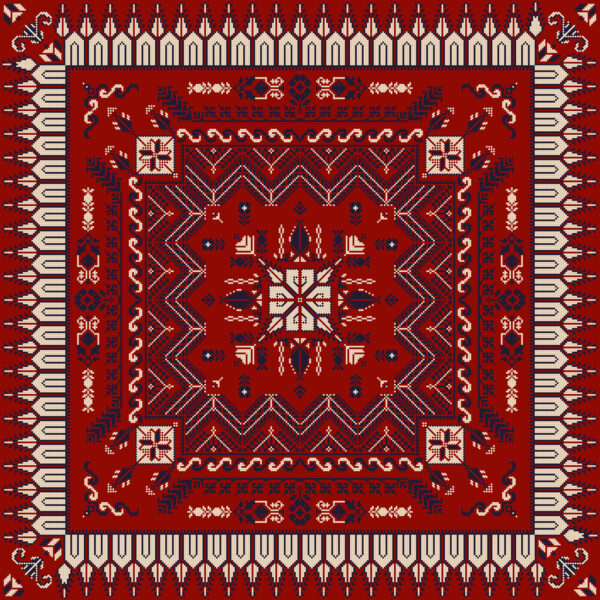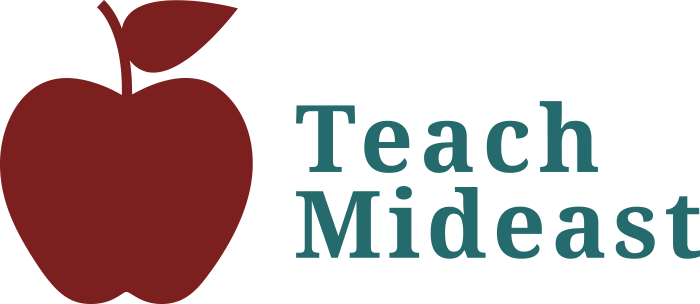With the traditional Palestinian scarf, keffiyeh, affixed to their heads, eleven men clasped hands and led the Levantine folk dance known as dabke. Together, they form the Al-Ajaweed dabke troupe comprising Palestinian refugees in Jordan. In synchronized steps, they stepped forward, stomped their feet, crossed one leg over the other, and performed a small hop. They reiterated the dabke moves of their Palestinian ancestors and introduced traditional Jordanian movements, celebrating their Palestinian ethnicity and Jordanian nationality. Al-Ajaweed has since garnered more than 600,000 followers on Tiktok and 100,000 followers on Instagram. However, their journey begins outside of their social media success. It unfolds at the Palestinian refugee camp in Jordan, Baqa’a, and unveils a story that parallels those of several refugees. They indulge in diverse art forms to preserve their identity against the threat of exile, secure economic prosperity, and voice their grievances.
Jordan is home to the second-highest amount of refugees per capita. It shares an extensive history of offering asylum to vulnerable populations, notably Palestinians and Syrians.
UNRWA estimates more than two million registered Palestinian refugees reside in Jordan. Following the mass expulsion of 700,000 Palestinians in 1948, approximately 100,000 fled to Transjordan, a British protectorate in modern-day Jordan. More Palestinians sought safety in Jordan as Israeli violence intensified. Most eventually secured Jordanian citizenship. Roughly 18 percent reside in the thirteen refugee camps throughout Jordan, including Baqa’a, Jaresh, and Zarqa.
The Syrian Civil War in 2010 greeted an influx of refugees in Jordan. According to UNHCR, over 672,000 Syrian refugees reside in Jordan as of 2022. However, this number does not account for those not registered with the UN refugee agency. UNRWA reports that the Civil War also targeted and displaced the tens of thousands of Palestinians who sought refuge in Syria following the Nakba in 1948. As they adjust to a life of exile, Syrian and Palestinian refugees turn to art, from dance to embroidery to murals, trusting its exceptional ability to collectivize.
Dabke, the dance form that offered the Al-Ajaweed troupe considerable social media attention, famously gathers populations across the Levant. While each ethnic group developed unique styles, Syrian, Palestinian, Jordanian, and Lebanese communities indulge in its intricate footwork. Following the Iraqi invasion of Kuwait and the subsequent expulsion of Palestinians, several Palestinians arrived in Jordan with their dabke groups intact. As they migrate to new countries and abandon their newfound lives, Palestinians preserve the community infrastructure dabke gifted. The traditional dance has since become one of the few visible displays of the multiple facets of Palestinian identity in Jordan. It symbolizes the early traditions of Palestinian villages as they encounter a military occupation and violent threats of colonial erasure. Dabke simultaneously signifies present celebrations of identity. As Dr. Mauro Van Aken articulates in his text “Dancing Belonging,” “dabke represents a continuous reinvention of tradition.” It communicates the refugees’ ongoing history in exile as their dance style evolves with every interaction with the diverse ethnic communities of the Levant, from Syria to Jordan. They learn to reinvent their identity, adopting the traditional artistic iterations of their host country and other refugee populations.
Upon arriving in Jordan’s refugee camps, many women found solace in the art of tatreez. Several gather in the craft rooms of community centers and lose themselves in the traditional embroidery designs. Like dabke, tatreez requires a meticulous, intricate, and intentional process. Each design narrates the history and customs of the women’s origin cities. For Syrian and Palestinian refugees in Jordan, tatreez not only treasures their individual stories through visible, vibrant tokens. It is also a source of economic empowerment. In an interview with Jordan Times, Lubnah Budeiri, a volunteer at Amman’s Palestinian Culture Center, revealed that embroidery allowed many Palestinian women to envision a future of higher education for their children, which once seemed financially inviable. After fleeing the Civil War, Syrian refugees fell victim to low wages and exploitative work conditions. In 2018, the Global Compact on Refugees created more “self-reliance” opportunities, and formal employment included participating in artisan crafts like tatreez. This embroidery art form offered Palestinian and Syrians alike structure, community, and an outlet to preserve the intricacies of their countries’ histories.

In a mural in the heart of the Amman neighborhood of Jabal al-Weibdeh, a person, with their face concealed, carries the Palestinian flag in one hand and a Molotov cocktail in the other. The artist, a resident of one of Amman’s Palestinian refugee camps, mirrored images of young Palestinians defending themselves with simple handmade weapons against Israel’s well-equipped military forces. He joined efforts witnessed across Amman to plaster the city with pro-Palestine graffiti in protest against Israel’s displacement of Jerusalem residents in 2021. This mural is just one example of the several displays refugees created throughout Jordan in solidarity with the Palestinian people. In 2017, following UNRWA’s decision to remove drawings from the walls of its registered schools, Palestinians at the Husn refugee camp gathered to readorn the schools with the symbols UNRWA erased. In an interview with Al-Monitor, Azzam Abu Malouh, a Palestinian refugee, asserted that the artwork is significant “to remind the refugee children of…their homeland and to keep it alive in their hearts.” Palestinian refugees in Jordan turn to art to remind the public of their undying resistance and continued existence.
The residents of Jordan’s refugee camps lean on various art forms to preserve their heritage, secure financial stability, and demonstrate their solidarity. They exchange art styles with the diverse refugee populations and gain inspiration from Jordanian customs. Art for many refugees, like the Al-Ajaweed dabke troupe, ultimately encapsulates a narrative of dignity and persistence through dispossession and exile.

